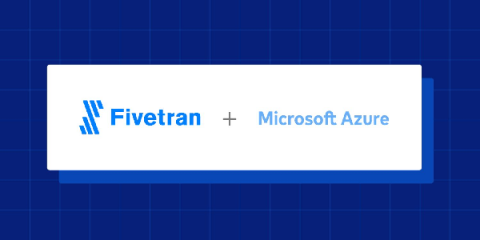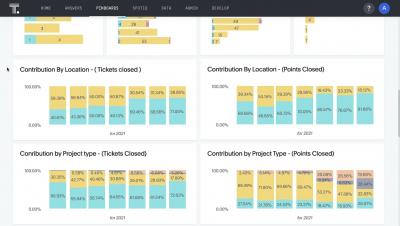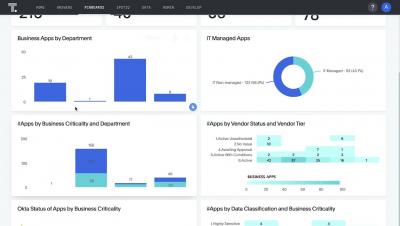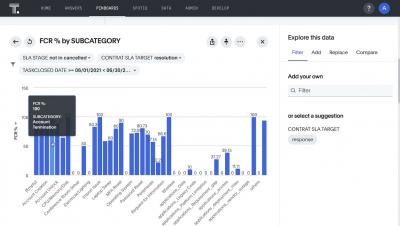Systems | Development | Analytics | API | Testing
Analytics
Reporting to Investors: 6 Best Practices to Help Increase Funding
How to get started with ThoughtSpot for ServiceNow Analytics
Since the start of the pandemic, business demands on your IT team have skyrocketed. You need granular, actionable insights to keep up with the speed and volume of digital transformation projects and IT incidents occurring across your organization. Canned reports from SaaS-based systems like ServiceNow aren’t fundamentally built for analytics.
Fivetran Now Deploys on Microsoft Azure
Our joint customers can remain within Azure for all their cloud services, facilitating compliance and minimizing data movement costs.
Why Use Correlation Analysis in Data Analytics?
When organizations track metrics by the thousands, millions, or even billions, it’s helpful in many ways to understand which metrics have close relationships, meaning when one metric behaves in a certain way, one or more additional metrics can be expected to behave in a similar or opposite way.











